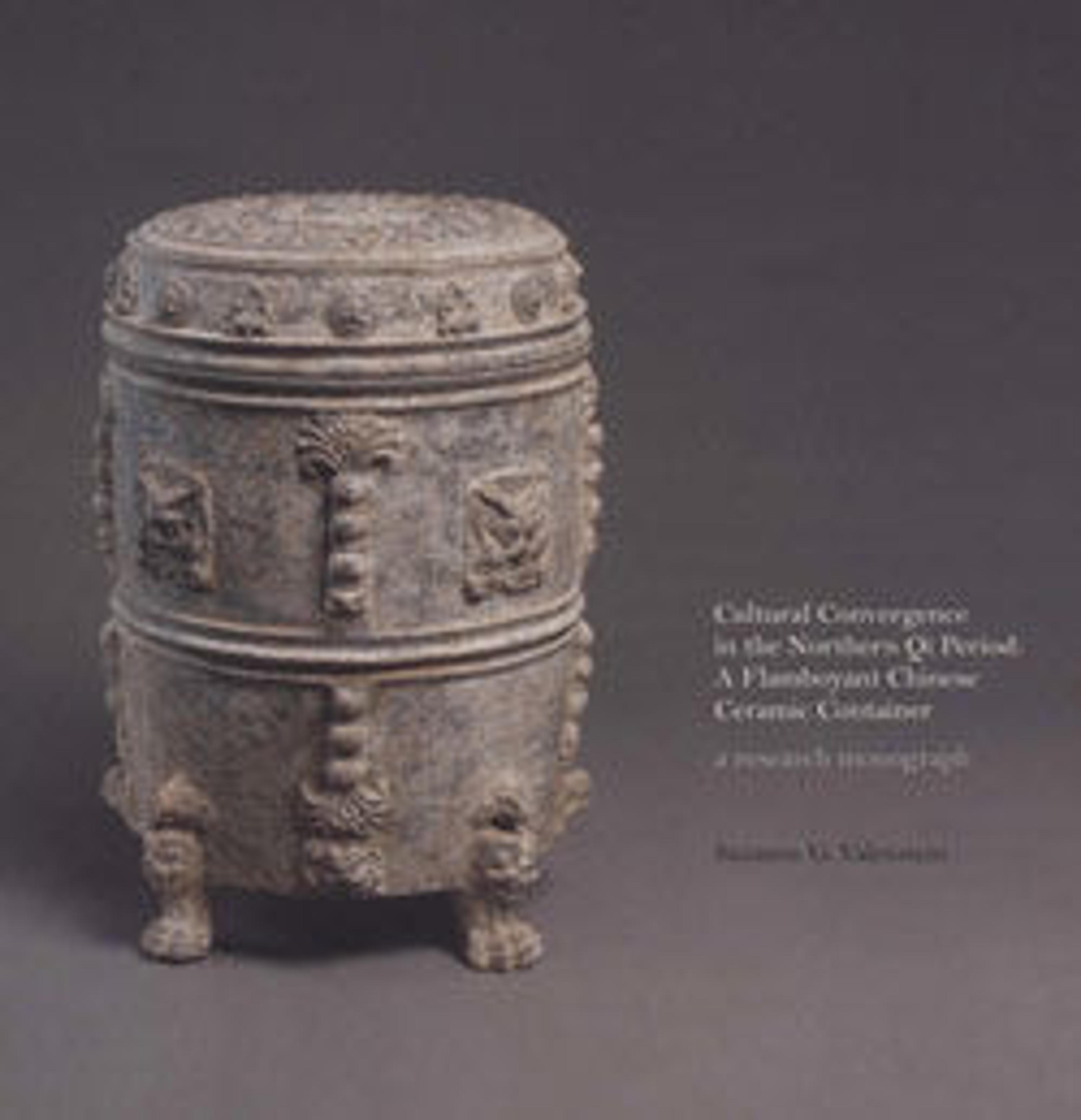Pilgrim’s flask with Central Asian dancers
Both the shape and decoration show foreign influence: the shape is based on a West Asian pilgrim’s flask, while the whirling dancer is performing a dance derived from the culture of Sogdia. Centered in present-day Uzbekistan, merchants from this polity, some of whom lived in China, dominated the Silk Road trade from the fourth to the seventh century.
Artwork Details
- 北齊 胡人舞伎紋青釉陶扁壶
- Title: Pilgrim’s flask with Central Asian dancers
- Period: Northern Qi dynasty (550–577)
- Date: late 6th century
- Culture: China
- Medium: Earthenware with molded decoration under olive-green glaze
- Dimensions: H. 4 3/4 in. (12.1 cm)
- Classification: Ceramics
- Credit Line: Purchase, Mr. and Mrs. William P. Frankenhoff and Mrs. Richard E. Linburn Gifts, 2001
- Object Number: 2001.629
- Curatorial Department: Asian Art
More Artwork
Research Resources
The Met provides unparalleled resources for research and welcomes an international community of students and scholars. The Met's Open Access API is where creators and researchers can connect to the The Met collection. Open Access data and public domain images are available for unrestricted commercial and noncommercial use without permission or fee.
To request images under copyright and other restrictions, please use this Image Request form.
Feedback
We continue to research and examine historical and cultural context for objects in The Met collection. If you have comments or questions about this object record, please complete and submit this form. The Museum looks forward to receiving your comments.
